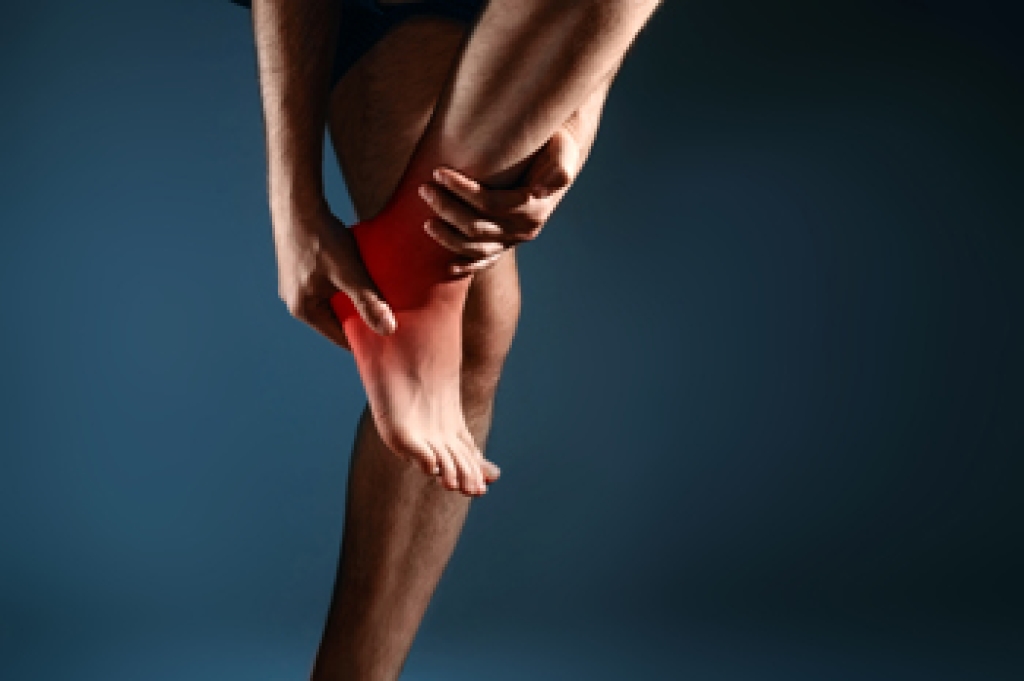
Heel pain can interfere with daily activity and mobility. In many cases, heel pain develops from overuse, repetitive stress, or wearing footwear that lacks adequate support. Running on hard surfaces, sudden increases in activity, or tightness in the calf muscles and Achilles tendon can also contribute to this type of pain. Injuries, such as a heel bone fracture from a fall or hard landing, may also be factors. Conditions including plantar fasciitis, bursitis, Achilles tendon inflammation, or the growth of bone spurs can further lead to tenderness, stiffness, and swelling at the heel. Pain may be felt under the heel, at the back of the heel, or along the Achilles tendon, depending on the underlying cause. A podiatrist can provide a full evaluation, offer proper treatment, and determine whether imaging or surgery may be needed. If you are experiencing heel pain, it is suggested that you schedule an appointment with a podiatrist for a diagnosis and appropriate treatment.
Many people suffer from bouts of heel pain. For more information, contact Zina Cappiello, DPM of Dr. Zina B. Cappiello DPM, LLC. Our podiatrist can provide the care you need to keep you pain-free and on your feet.
Causes of Heel Pain
Heel pain is often associated with plantar fasciitis. The plantar fascia is a band of tissues that extends along the bottom of the foot. A rip or tear in this ligament can cause inflammation of the tissue.
Achilles tendonitis is another cause of heel pain. Inflammation of the Achilles tendon will cause pain from fractures and muscle tearing. Lack of flexibility is also another symptom.
Heel spurs are another cause of pain. When the tissues of the plantar fascia undergo a great deal of stress, it can lead to ligament separation from the heel bone, causing heel spurs.
Why Might Heel Pain Occur?
- Wearing ill-fitting shoes
- Wearing non-supportive shoes
- Weight change
- Excessive running
Treatments
Heel pain should be treated as soon as possible for immediate results. Keeping your feet in a stress-free environment will help. If you suffer from Achilles tendonitis or plantar fasciitis, applying ice will reduce the swelling. Stretching before an exercise like running will help the muscles. Using all these tips will help make heel pain a condition of the past.
If you have any questions, please feel free to contact our office located in Clifton, NJ . We offer the newest diagnostic and treatment technologies for all your foot care needs.




